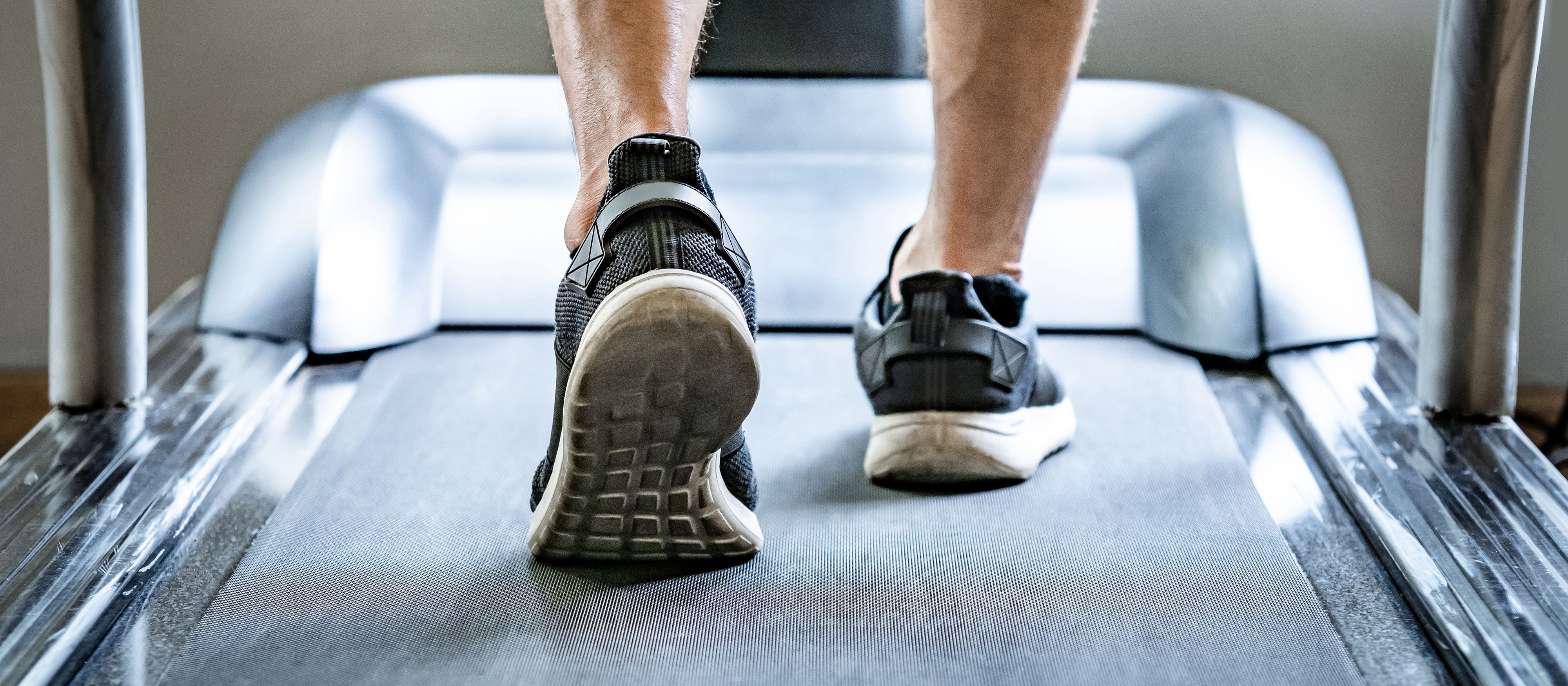- Center on Health Equity & Access
- Clinical
- Health Care Cost
- Health Care Delivery
- Insurance
- Policy
- Technology
- Value-Based Care
Low Exercise, Sarcopenia, Myosteatosis Associated With CRC-Specific Mortality
Sarcopenia or myosteatosis combined with low prediagnostic physical exercise was associated with increased mortality from colorectal cancer (CRC).
Low prediagnostic physical exercise and the presence of either sarcopenia or myosteatosis were associated with an increased risk of mortality due to colorectal cancer (CRC), according to a study published in the International Journal of Colorectal Disease. Body composition estimates at diagnosis were not affected by physical exercise despite the positive effect on prognosis.
Cancer-specific mortality for CRC could be reduced by about 15% due to prediagnostic physical activity, which may lead to a delay of sarcopenia and/or myosteatosis. In addition, CRC mortality has previously been associated with body composition measurements from CT scans. Sarcopenia is having low skeletal muscle index and myosteatosis is low skeletal muscle density, with physical activity affecting body tissue composition. The aim of the present study was “to investigate the association between prediagnostic recreational physical exercise and sarcopenia or myosteatosis, respectively, in nonmetastatic CRC patients.”
Retrospectively identified patients with CRC were used for this cohort study using the Västerbotten Intervention Programme (VIP). The final recruitment date of this study was January 19, 2016, by which time the VIP contained 109,792 participants. Cases of CRC with prediagnostic participation in VIP were identified for the study. Patients were excluded if they had no CT or no CT close to the diagnosis, no CRC or only suspected CRC, only had a thoracic CT scan and abdominal MRI or insufficient image quality. All participants who received their diagnosis prior to CT images being stored in 2000 were also excluded. Patients were followed until either their death, time of censoring, or the end of the study on May 2, 2022.
Close up of male feet in sneakers or sport footwear running on treadmill in fitness gym. Indoor cardio workout machine | Image credit: Summer Paradive - stock.adobe.com

All patients were asked how often they exercised in the previous 3 months. Low physical exercise was classified as those who exercised 2 or less times per week, whereas people with high physical exercise were those who exercised 2 to 3 times per week or more. The observation that was closest to diagnosis in the VIP was used for evaluation.
There were 519 patients with CRC included in the final study who had data on sarcopenia, myosteatosis, or both. There were 30.7% and 31.4% of patients who reported sarcopenia and myosteatosis, respectively. The mean age at diagnosis was 66.5 (range, 41.5-85.6) years and 49.3% of participants were female. In the high prediagnostic physical exercise group, patients were younger at diagnosis, had shorter time between participation and diagnosis, and had higher educational level compared with the low physical exercise group.
Sarcopenia and myosteatosis was not associated with low prediagnostic physical exercise in the multivariable logistic regression model, with the association with sarcopenia not statistically significant (adjusted odds ratio [OR], 1.37; 95% CI, 0.86-2.19). Sarcopenia and overall mortality were shown to have a statistically significant relationship (adjusted HR [aHR], 1.49; 95% CI, 1.09-2.04), but other associations between sarcopenia, myosteatosis, and low physical exercise were not found in analyses of overall and cancer-specific mortality.
The combination of low physical activity with either sarcopenia or myosteatosis was found to have an association with higher cancer-specific mortality compared with no sarcopenia/myosteatosis and high physical exercise (sarcopenia and low physical exercise, aHR, 1.94; 95% CI, 1.00-3.76; myosteatosis and low physical exercise, aHR, 2.39; 95% CI, 1.16-4.94). The combination of myosteatosis and high physical exercise was the only combination of statistical significance in overall mortality (aHR, 2.08; 95% CI, 1.12-3.88).
There were some limitations to this study. There was a lack of repeated physical exercise data and objective measures of physical performance; significant differences between the exercise groups existed, which could have affected the findings; and data on diabetes at time of participation was the only data available, which could have affected the mortality assessment due to potential subsequent diagnosis. There was also a lack of cancer therapy data, clinical outcome variables had no available data, and the results of this study cannot be used in prognostic algorithms.
The researchers concluded that the “combined presence of low prediagnostic physical exercise and sarcopenia or myosteatosis was associated with increased CRC-specific mortality.”
Additional analyses will be required to assess whether this is from an additive detrimental effect.
Reference
Renman D, van Guelpen B, Anderson, et al. Association of pre-diagnostic physical exercise and peri-diagnostic body composition with mortality in non-metastatic colorectal cancer. Int J Colorectal Dis. 2023;38:239. doi:10.1007/s00384-023-04536
